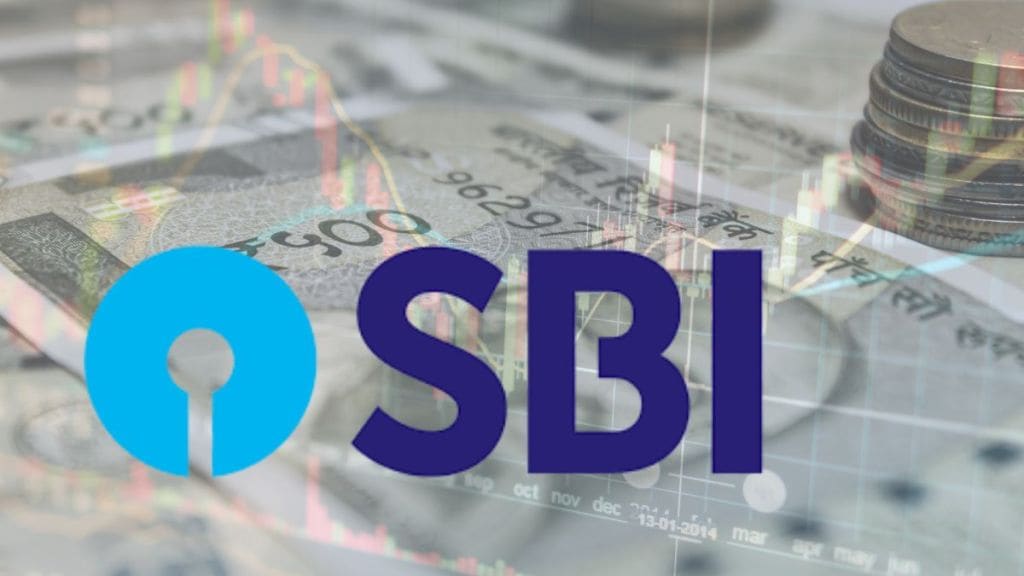State Bank of India (SBI) on Friday released its fiscal first quarter earnings report with standalone profit growth of 12.48 per cent at Rs 19,160.44 crore, beating estimates. The profit growth, it said, was driven by efficiency in operating income and contained operating expenses. The public sector bank had recorded profit at Rs 17,035.16 crore during the corresponding quarter of FY25. Operating profit, meanwhile, crossed Rs 30K crore mark at Rs 30,544 crore.
The Bank posted total income during the quarter at Rs 1,35,341.56 crore, posting a growth of 10.31 per cent as against Rs 1,22,687.85 crore recorded during the first quarter of previous financial year.
The Net Interest Income (NII) for the quarter in review dropped by 0.13 per cent YoY to Rs 41,072.4 crore.
According to a CNBC TV18 poll, SBI was expected to report Q1 profit at Rs 16,664 crore and NII was estimated at Rs 41,650 crore.
SBI Q1: Balance sheet
SBI reported robust credit and deposit growth for the quarter ended June 30, 2025, with whole bank advances rising 11.61 per cent year-on-year to Rs 42.5 lakh crore, driven by strong performance across segments.
Domestic advances, it said, grew by 11.06 per cent YoY, while foreign office advances surged 14.81 per cent YoY.
Among lending categories, SME advances led the momentum with a 19.10 per cent YoY increase, followed by agriculture at 12.67 per cent, retail personal loans at 12.56 per cent, and corporate advances at 5.70 per cent. On the liabilities side, total deposits went up by 11.66 per cent YoY, supported by an 8.05 per cent YoY rise in CASA deposits, with the CASA ratio standing at 39.36 per cent as of June-end 2025.
SBI Q1: Asset quality
SBI’s asset quality continued to strengthen in Q1 with the gross NPA ratio improving by 38 basis points year-on-year to 1.83 per cent and the net NPA ratio easing by 10 basis points to 0.47 per cent. The bank’s Provision Coverage Ratio (PCR) stood at 74.49 per cent while PCR (incl. AUCA) came in at 91.71 per cent.
The slippage ratio for the quarter improved by 9 basis points to 0.75 per cent, while credit cost for the period stood at 0.47 per cent, underscoring the bank’s prudent risk management.

